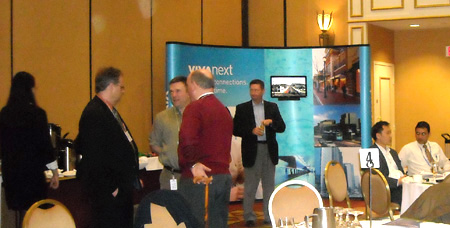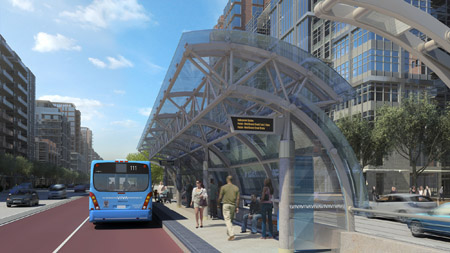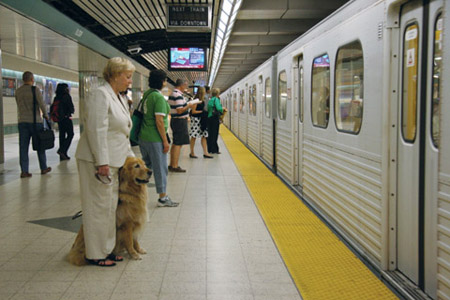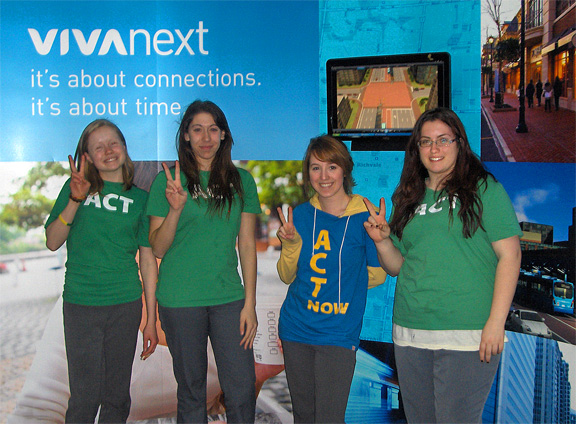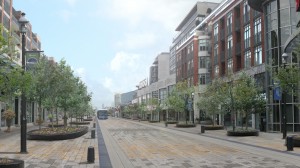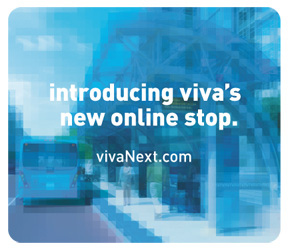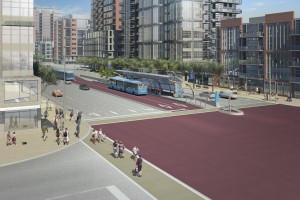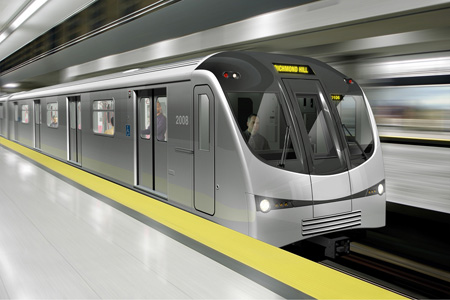
We did it. Thanks to your help throughout our extensive public consultation process, we received approval from the Ministry of the Environment for the Yonge subway extension.
This is fantastic news because the extension up Yonge Street will create the backbone for a seamless transit network that will get you to the places you need to go faster and with fewer connections.
The approval from the Ministry means that the project is in a strong position to receive funding and soon after that happens, shovels can hit the ground. The plans are calling for a 6.8 km extension that will include six new stations and finish at the Langstaff/Richmond Hill Centre at Highway 7.
To put together the report, we engaged the public in many ways, including town hall meetings that hundreds of people attended and gave excellent feedback. It was that feedback that allowed us to address many community concerns and in the end, form a solid report.
Our project was the first one to undergo the new six-month process set up by the Ontario government so construction on transit projects could start as soon as possible.
We feel fortunate to have the first project approved under the new streamlined process and we’re excited because this is another step toward making commuting easier for anyone living or travelling in York Region.
Once funding is secured, we will continue to work with you regarding the design details, especially the bridge crossing and parking lot.
Soon this picture will be a reality. It’s time to start imagining a subway with the word “Richmond Hill” on it.

